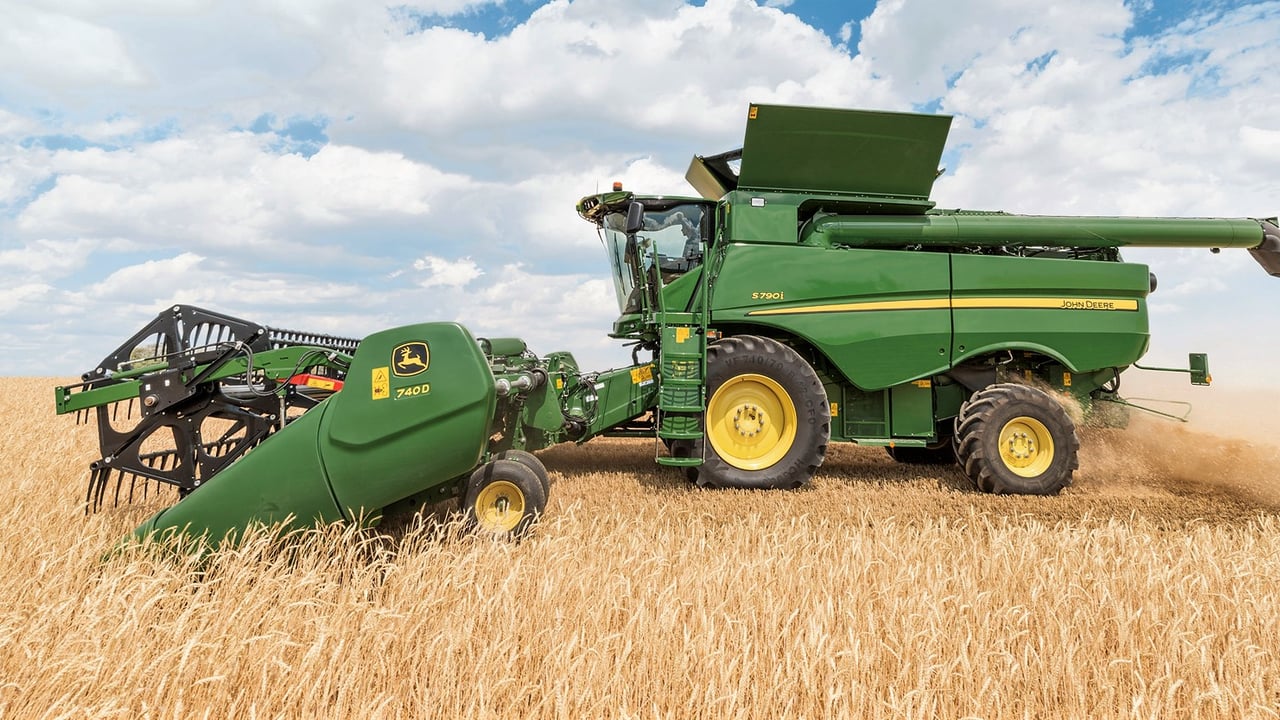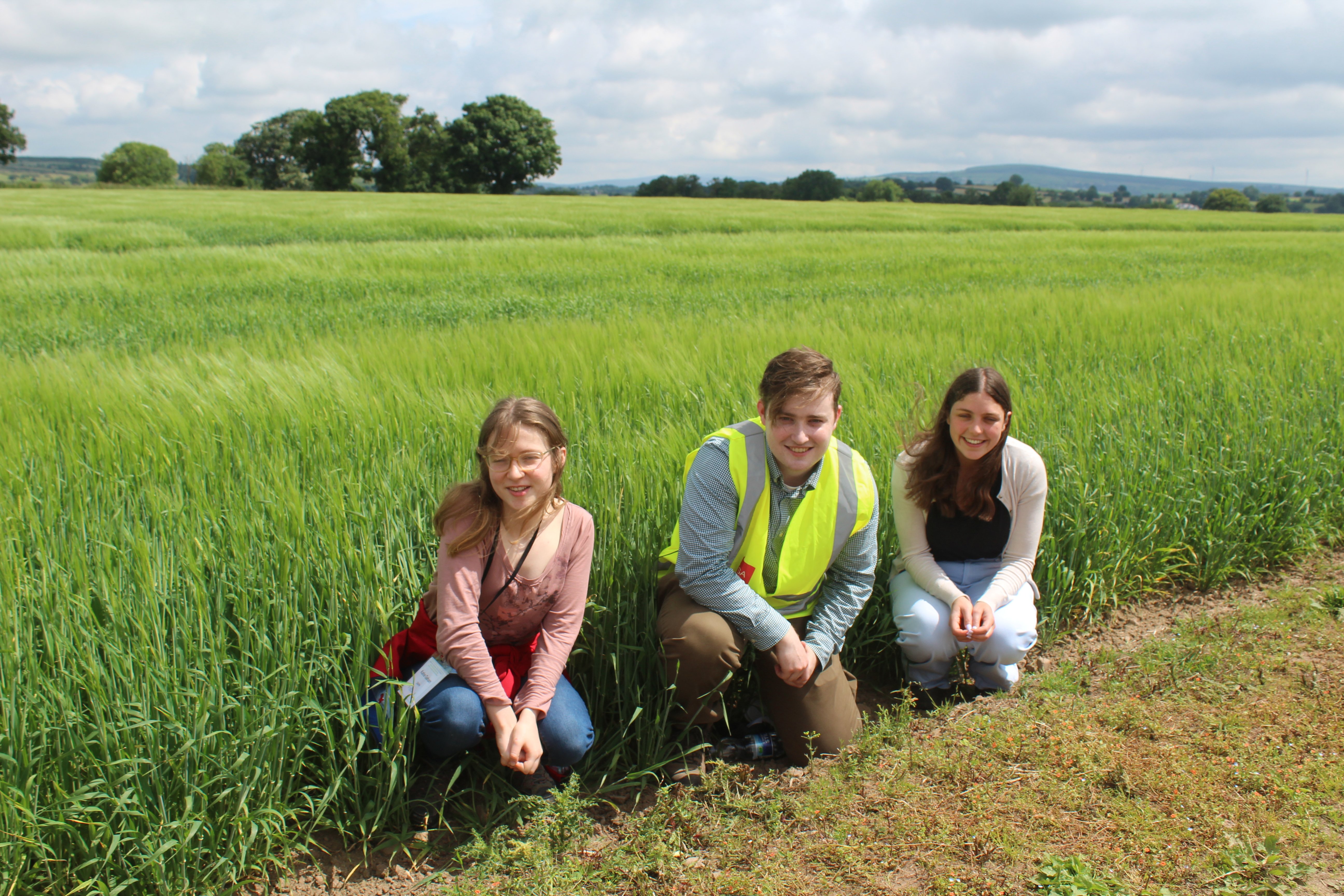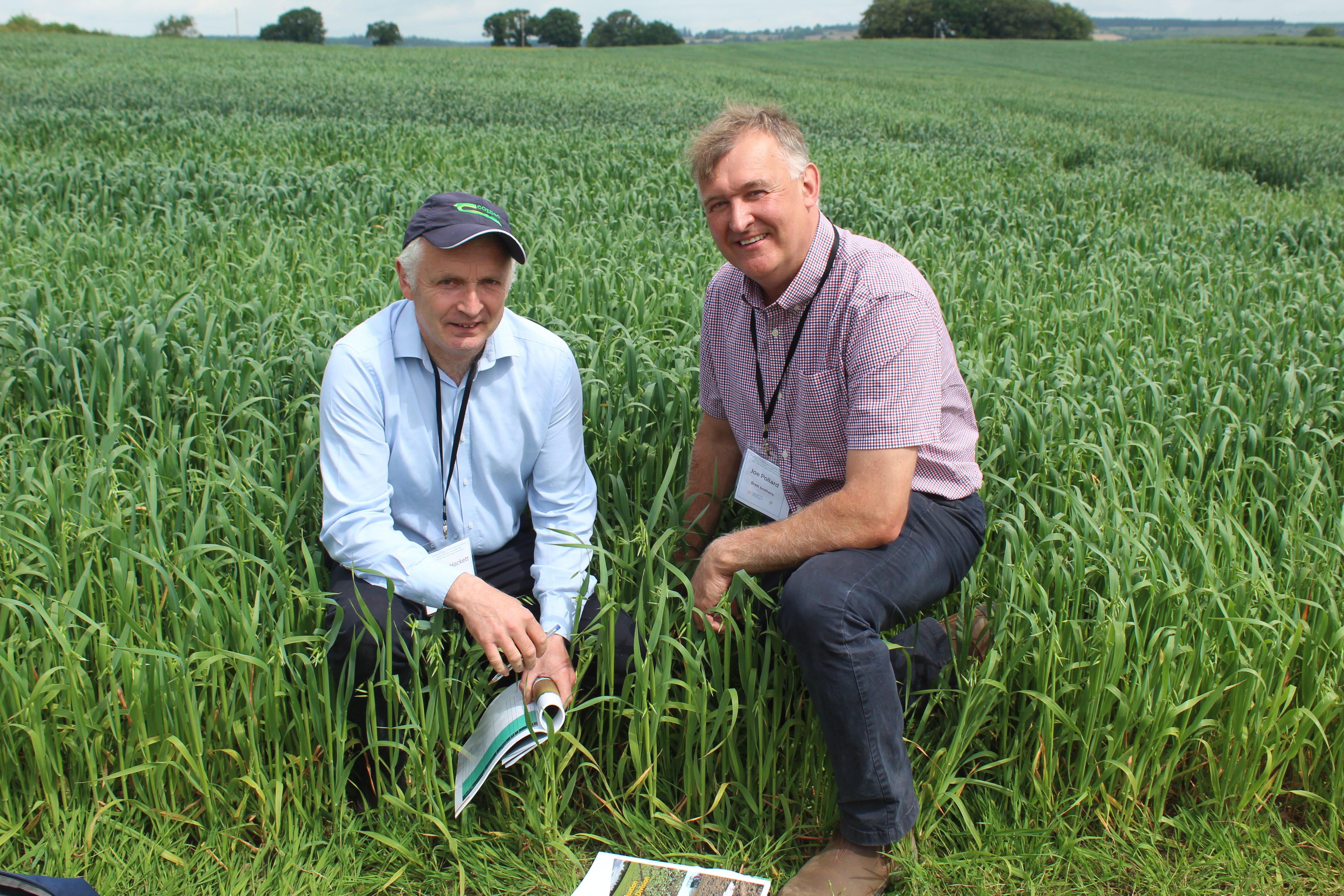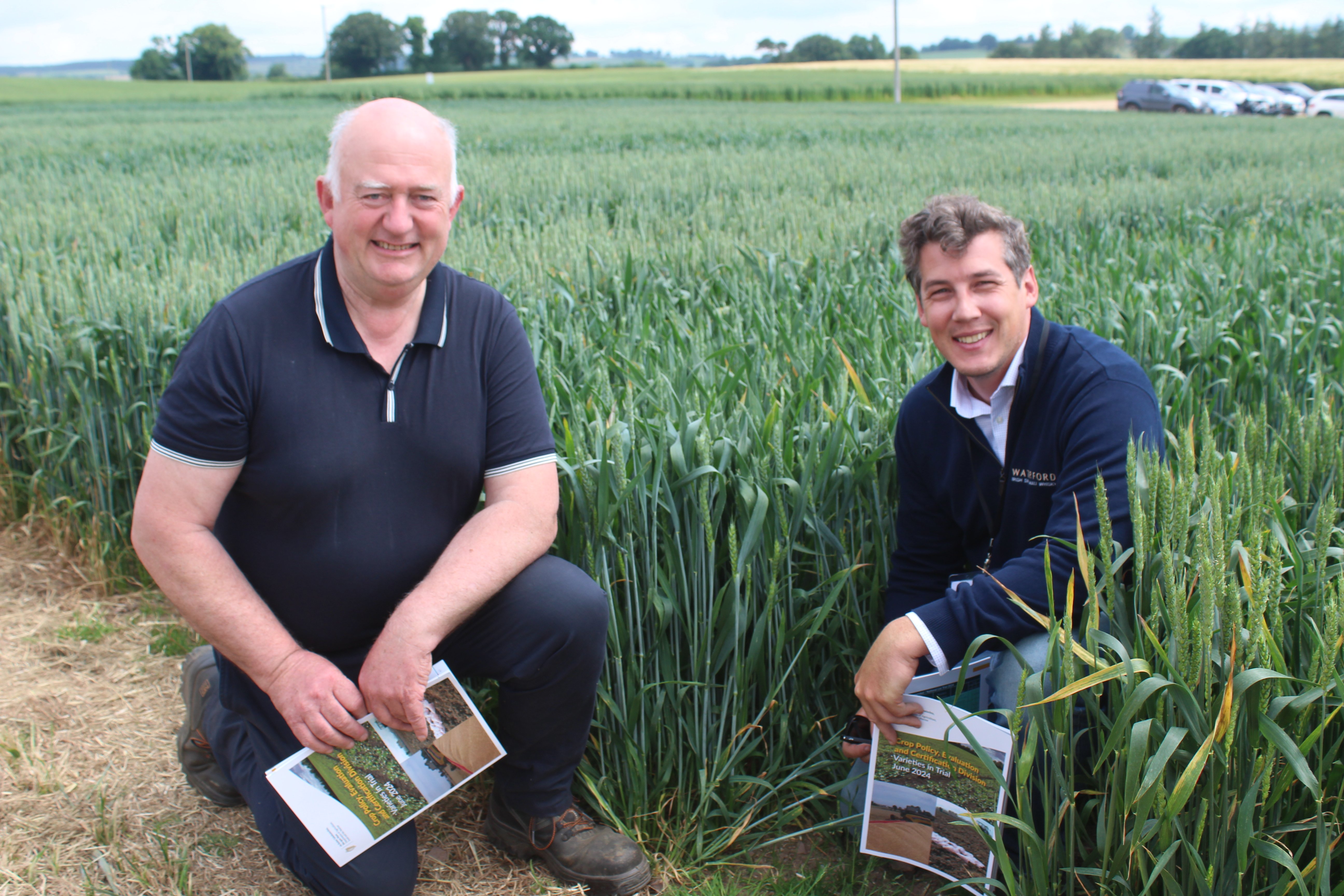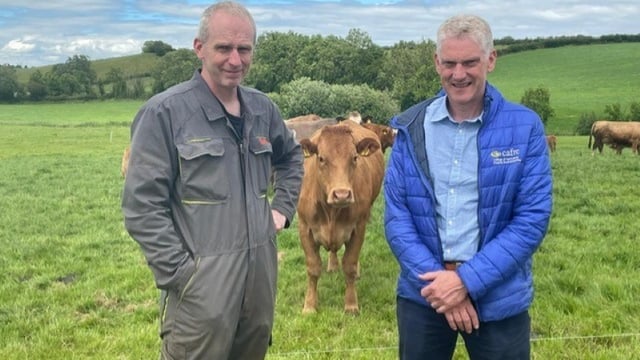Winter barley 2024: Combines will be rolling within a fortnight
Assuming the weather holds, the first of this year’s winter barley crops will be combined within the next fortnight.
This was the view expressed by many tillage industry representatives attending the Department of Agriculture, Food and the Marine cereal trials open day, held at Ballyderown farm in Co. Cork this week.
It won’t be a record year in terms of the yields delivered. But, relative to the prospects held out for many of these crops a few short weeks ago, expectations are now high that the 2024 harvest will get off to a positive enough start.
And many winter wheat crops have also fared extremely well over recent weeks. Admittedly, in those locations where plant numbers failed to survive last winter’s atrocious weather conditions, the potential to produce a yield of any description remains at zero.
However, in places where plants managed to hang on, their subsequent ability to tiller out has been noted with the result that many crops which seemed to be struggling back in February, really did turn the corner with the advent of the drier and warmer conditions that have characterised the latter part of April, all of May and June.
It is also evident that a significant number of growers, dissatisfied with their initial winter wheat crops, started again at ground zero. Option number two was to push ahead with spring wheat.
And despite the extra costs incurred, many farmers are indicating that they made the right decision.
Meanwhile, there remains a lot of field work to be carried out, where crops of spring barley are concerned.
Again the recent weeks of dry weather and encouraging temperatures have delivered sustainable crop responses.
The issues of trace element deficiencies, specifically manganese and magnesium, flagged up by Teagasc, have been addressed by most growers.
It is now a case of getting a final fungicide spray on to crops of spring barley, oats and wheat. Thereafter, it is up to the weather when it comes to determining final yields.
The open day also provides an opportunity for DAFM to profile the certification seed area, in percentage terms, for the various cereal varieties. And the 2024 results do not throw up any great surprises.
For winter wheat, Graham remains the big player, coming in 45%. This is followed by KWS Dawsum at 26% with Champion counting for 20%. So, three varieties account for 91% of the certified area.
Where winter barley is concerned, KWS Tardis accounts for 36% of the certified area. Orcade comes in second with a figure of 18% followed by KWS Joyau at 14%.
In the winter oats category, three varieties only are listed: Husky (71%); WPB Isabel (17%); and WPB Enya (12%).
Spring barley varieties in certification this year are much more numerous with Geraldine and Mermaid leading the way, accounting for 21% and 14% of the registered area respectively.

